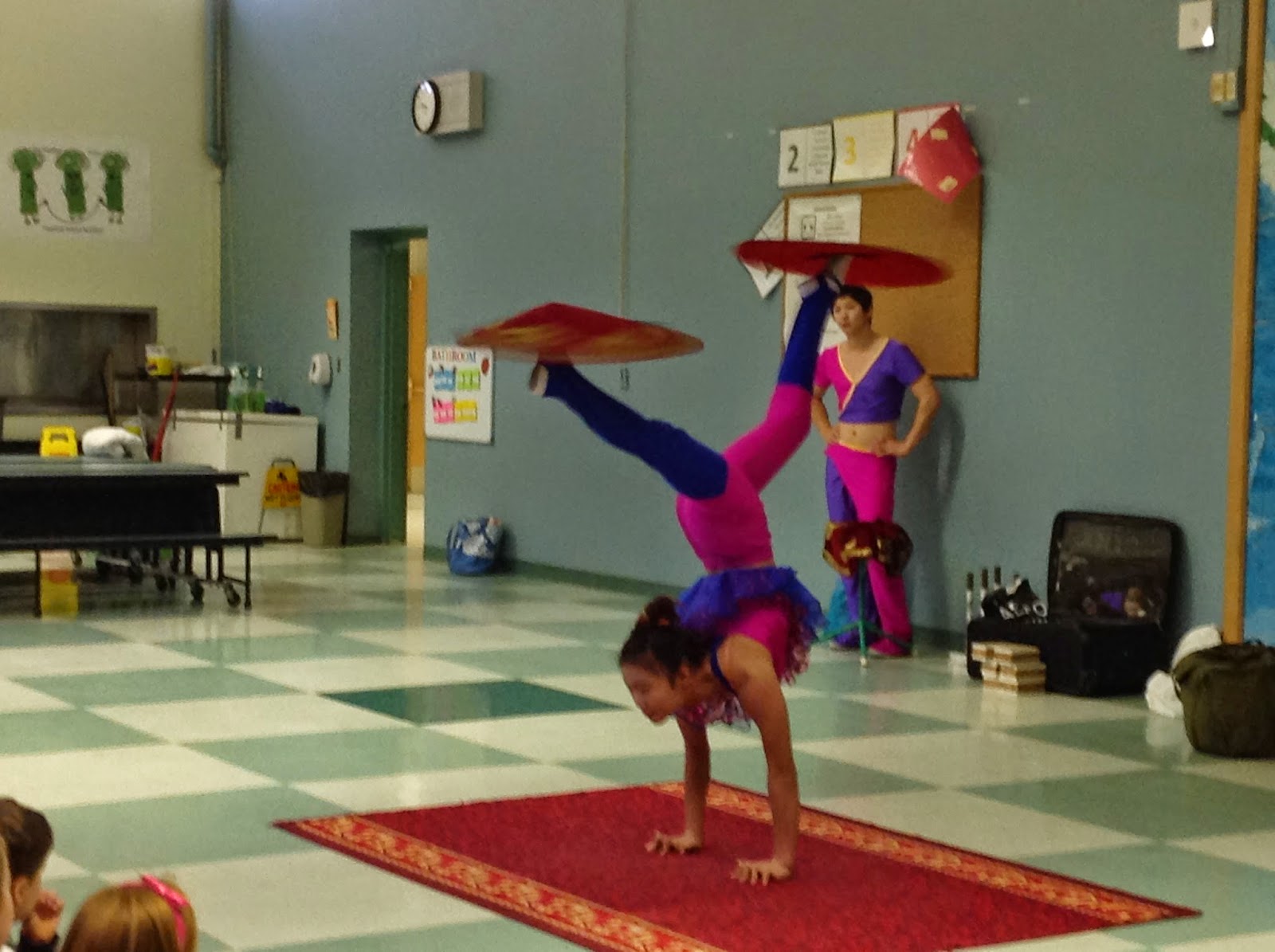Bubbles #2
Sunday, January 25, 2015
Bubbles Workshop
Saturday, January 24, 2015
Ten Frames
How do ten frames help us understand numbers?
When learning about the numbers from 11 - 19, ten frames help us understand how to represent these numbers as one complete group of ten plus additional ones. We worked on matching number cards with ten frames showing the correct way to represent these numbers. This will help us develop an understanding of place value.
Work with numbers 11-19 to gain foundations for place value.
1. Compose and decompose numbers from 11 to 19 into ten ones and some further ones, e.g., by using objects or drawings, and record each composition or decomposition by a drawing or equation (such as 18 = 10 + 8); understand that these numbers are composed of ten ones and one, two, three, four, five, six, seven, eight, or nine ones.
Common Core Standard - Operations & Algebraic Thinking
Understand addition as putting together and adding to, and understand subtraction as taking apart and taking from.
4. For any number from 1 to 9, find the number that makes 10 when added to the given number, e.g., by using objects or drawings, and record the answer with a drawing or equation.
1. Compose and decompose numbers from 11 to 19 into ten ones and some further ones, e.g., by using objects or drawings, and record each composition or decomposition by a drawing or equation (such as 18 = 10 + 8); understand that these numbers are composed of ten ones and one, two, three, four, five, six, seven, eight, or nine ones.
We also use ten frames to help us understand how many more must be added to a given number to make 10. Similar to our game, I Wish I Had Five, we also play I Wish I Had Ten. While we are learning our facts fluently to 5, we use ten frames to help us understand how many more we need to make ten.
 |
| "I have 7, I wish I had 3." |
Understand addition as putting together and adding to, and understand subtraction as taking apart and taking from.
4. For any number from 1 to 9, find the number that makes 10 when added to the given number, e.g., by using objects or drawings, and record the answer with a drawing or equation.
Monday, January 19, 2015
Living and Non-Living
What is the difference between a living and a non-living thing?
Kindergarteners have discussed these differences during our Science lessons.
We know that living things need food, air, and water to survive. We also know that living things move and grow. Plants and animals are living things. We think it's kind of funny that we are animals.
 |
| We played a game and sorted pictures of living and non-living things. |
We decided that sticks should have their own space. They are something that was once living but is no longer living. Living things can die, but non-living things can not die because they were never alive. This led to an interesting discussion.
 |
| We read What's Alive? and discussed things we already know as well as new ideas. |
Math in Focus
One of our Kindergarten Math goals is to help children understand how numbers less than or equal to 10 can be made in many different ways. We explore different combinations of numbers using cubes, counters, double-sided beans, and our fingers.
Common Core Standard:
Common Core Standard:
3. Decompose numbers less than or equal to 10 into pairs in more than one way, e.g., by using objects or drawings, and record each decomposition by a drawing or equation (e.g., 5 = 2 + 3 and 5 = 4 + 1).
After children understand how numbers are made in different ways, we work on learning how to add and subtract fluently within 5. This is another Kindergarten standard.
Common Core Standard:
5. Fluently add and subtract within 5.
 |
| Cubes are used to help children understand how numbers can be built in different ways. |
 |
| Children learn to record number sentences after building different number combinations using manipulatives. Proper numeral formation is also worked on at this time. |
After children understand how numbers are made in different ways, we work on learning how to add and subtract fluently within 5. This is another Kindergarten standard.
Common Core Standard:
5. Fluently add and subtract within 5.
 |
| Games such as I wish I had 5 are played during our WIN time block. Much like Go Fish children take turns trying to build combinations that add up to 5. |
 |
| Children learn their number facts to 5 in a fun and game-like way. |
Monday, January 12, 2015
Happy New Year!
 |
| We enjoyed storytelling with Len Cabral. |
 |
| The Chinese acrobats were amazing! |
 |
| After watching a reading of The Polar Express we enjoyed singing holiday songs with all our kindergarten friends. |
Subscribe to:
Comments (Atom)







